The Chosin Reservoir Campaign was the most important battle in the Korean War. On 27 November 1950, the Chinese 9th Army sneaked an attack on the US X Corps. The X Corps was commandeered by Major General Edward Almond at the Chosin Reservoir area.
This attack was the beginning of a battle that lasted over two weeks – 17 days to be precise. 30,000 UN soldiers were attacked by 120,000 Chinese soldiers, led by Song Shi-Lun, a commander under Mao Zedong.
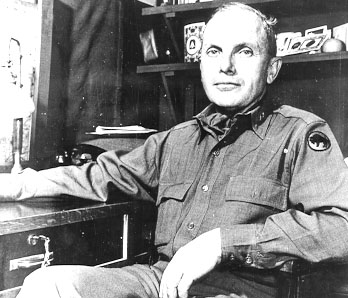
The fortunate event happened when the corps requested an airdrop of supplies. To their surprise, the air-drop was only Tootsie Rolls, a taffy-like candy. Nevertheless, they still managed to use them to break through enemy lines and survive for 2 weeks.
The 30,000 troops that were “stuck” with the Tootsie Rolls were led by Major Oliver P. Smith. They were later given the nickname “The Chosin Few” for the sake of a good pun.
The UN forces still managed to break through enemy lines while dealing massive damage to the Chinese forces.
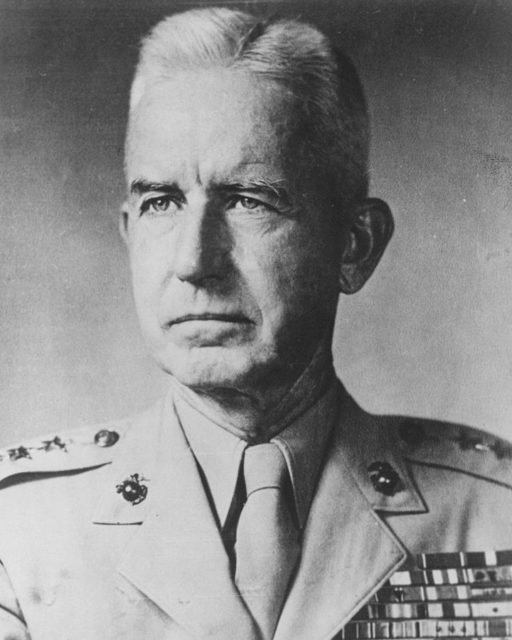
He is famous for his iconic order: “Retreat? Hell, we’re not retreating, we’re just advancing in a different direction.”
Chosin (Changjin) Reservoir is the name of an artificial lake in northeast Korea. The area around the lake was not very populated and the long battle caused minimal civilian casualties.
As the coldest winter in the Korean War was arriving it was already very cold in the Chosin Reservoir area and the terrain which the US forces used to retreat and then fight back was very difficult to maneuver on.
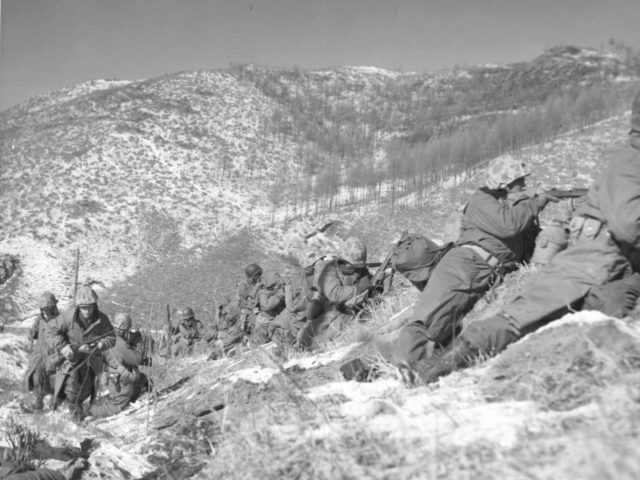
Weather conditions surrounding this event were extremely harsh. Basically, it was so cold that many guns froze and stopped working properly and much of the water supply was frozen as well. The Chosin Reservoir area was so cold, the frozen ground rendered the bulldozers helpless, making digging emplacements for the artillery units difficult.
On 27 November during a cold night, the PVA twentieth and 27th Corps of the Chinese ninth Army propelled different assaults and ambushes along the crossing between the Chosin Reservoir and Koto-ri.
At Yudam-ni, the fifth, seventh and eleventh Marine divisions were assaulted by the PVA 79th and 89th Divisions, with the 59th Division assaulting the road between Yudam-ni and Hagaru-Ri.
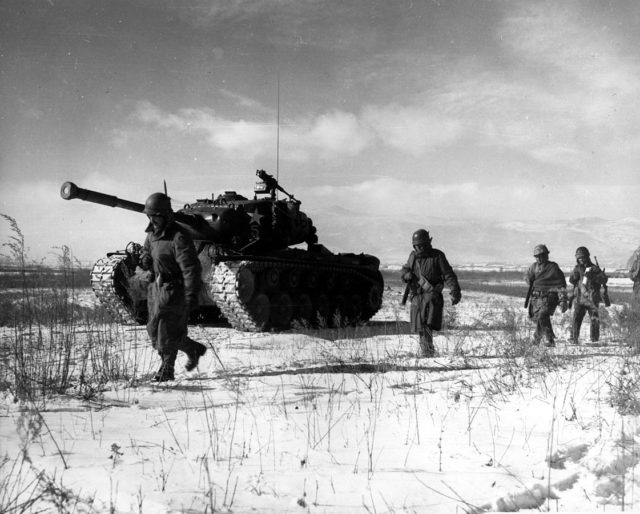
The 59th Division attack had a huge role in this battle because it helped stop the communication between their enemies. Also, the Regimental Combat Team-31 was trapped at Sinhung-ni by the PVA 80th, 81st and 94th Divisions.
What the Chinese thought was that they could easily swipe their enemies’ forces away. Fortunately, because of the bravery and stubbornness of the 5th and 7th Marine Regiments, they managed to deal great damage to the Chinese forces.
The blemish in the Chinese arrangement was an absence of exact insight on the UN forces. Although the US X Corps was extended thin over upper east Korea, the moderate Marine progress permitted the majority of the US first Marine Division. It including the fifth, seventh and eleventh Marines, to be aggregated at Yudami-ni.
Conversely, the deliberately imperative Hagaru-ri contained a landing strip and a supply dump. The Chinese did not consider it important and that meant sending fewer forces to attack it which made it easier for the Marines to defend it.
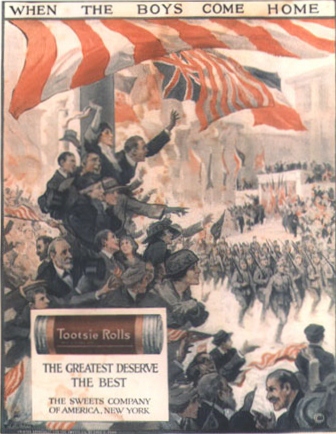
As the troops were stationed at Chang Jin, food rations were inedible because of the temperatures. The mortar shells and bullets were rendered useless.
By November 26, 10,000 men from First Marine Division, the Army regimental combat teams, a British detachment of commandos as well as a squad of South Korean policemen were outnumbered by over ten divisions of China’s “People’s Voluntary Army.”
If the supplies didn’t drop off as planned, the greatly outnumbered soldiers would surely perish in the freezing weather. So, they had to call an airdrop with a code name – Tootsie Rolls. They were compelled to use a code name for the drop because of enemy anti-aircraft units that were stationed nearby.
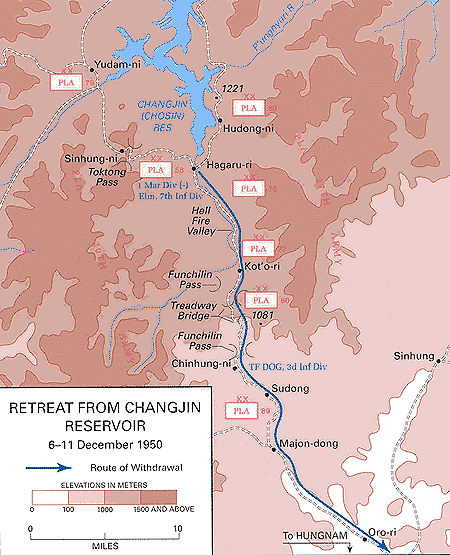
They were shocked to find out that the literal drop was an actual batch of candy, owing to some bizarre misunderstanding in communication.
Soldiers’ fortune smiled upon the squadron. The Tootsie Rolls were edible even in frozen temperatures and the marines quickly found ways to make use of this unusual drop.
They found out that when chewed, the candy could be used as a kind of pliable putty to mend the holes in the vehicles, among other unusual uses.
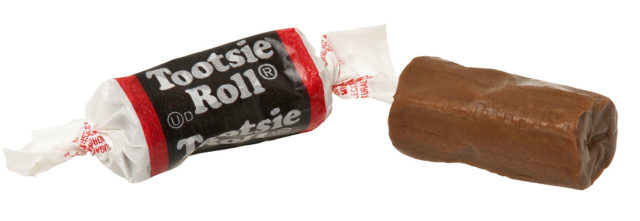
Not only that, but the high sugar boosted their morale and energy, providing the needed nutrition for the tired soldiers.
The candy helped the soldiers survive for two weeks, get through enemy lines, and retreat to a safer location. After the unexpected events, these men would later earn the nickname “The Chosin Few”.
The UN powers at Chosin were additionally upheld by one of the best groupings of air power amid the Korean War. The First Marine Aircraft Wing positioned at Yonpo Airfield and five plane-carrying warships from the US Navy Task Force 77 could dispatch 230 forays every day to give close air support and supplies amid the battle.
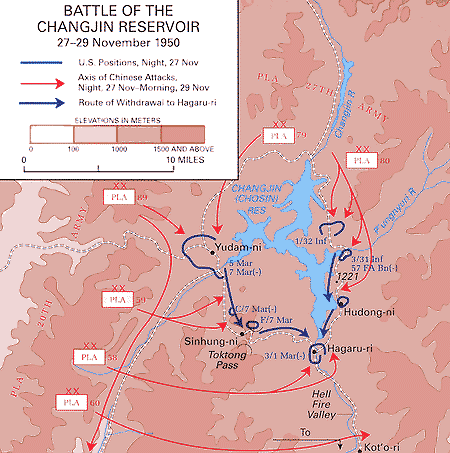
In addition, the US Air Force Far East Combat Cargo Command in Japan achieved the limit of airdropping 250 tons of provisions for each day to resupply the UN forces that were stuck in the Chosin Reservoir area.
During the US X Corps’ evacuation plans from the eastern front, the US Eighth Army had withdrawn to the 38th parallel on the western front. It was due to more cautious repercussions of the Battle of the Ch’ongch’on River.
With the whole UN front breaking down, the race to the Yalu was halted by the strength of China, recovering quite a bit of North Korea.
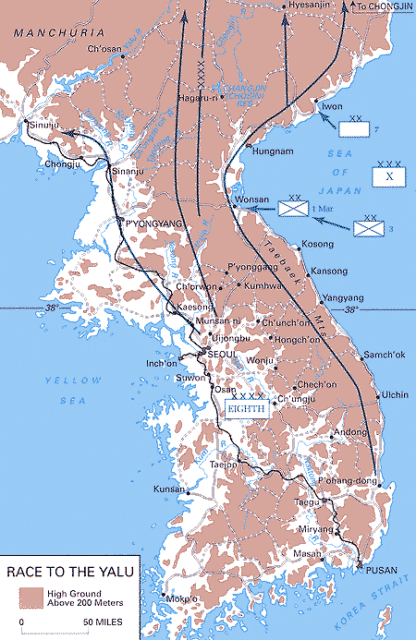
The Korean War would delay for another more than two years before the truce was signed on 27 July 1953.
Besides the loss of North Korea, the US X Corps and the ROK I Corps later reported around 11,000 soldiers that died during the battle. Around 8,000 died from the bad weather conditions.
The Chosin Reservoir crusade was a geographic triumph for the Chinese. As for the X Corps, rather than redeploying to Wŏnsan, they were compelled to come back to South Korea. It turned out to be a piece of the Eighth Army in January 1951.
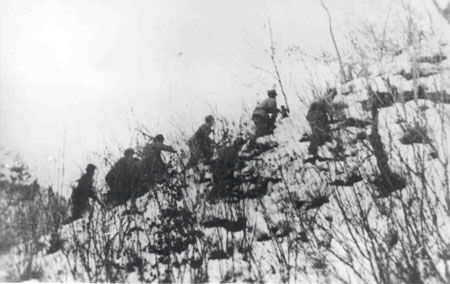
The battle destroyed the CPVF Ninth Army Group. They did not come back to the front until March 1951, and it persuaded the UNC that unified ground troops could vanquish Chinese armed forces. This battle cemented China’s status as a major military power in the world, but it came with a cost.
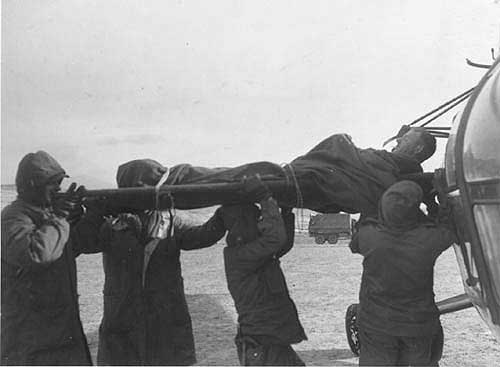
The Chinese have stayed dubious on their misfortunes in the fight, yet their own particular records and UNC gauges put the Ninth Army Group’s losses in the scope of 40,000 to 80,000, when one numbers battle casualties and injured in addition to casualties suffered from the awful weather conditions.
As for the unusual aid that the tootsie rolls provided in Chosin, the company’s veterans can only recollect the horror and the laughter from the whole event in which they proved their witty ingenuity.
The candied tanks and vehicles stood high and mighty against the freezing temperatures and against the hellishly hot bullets. One could imagine how the soldiers survived only on the tootsie rolls that wreaked havoc on their digestive system.